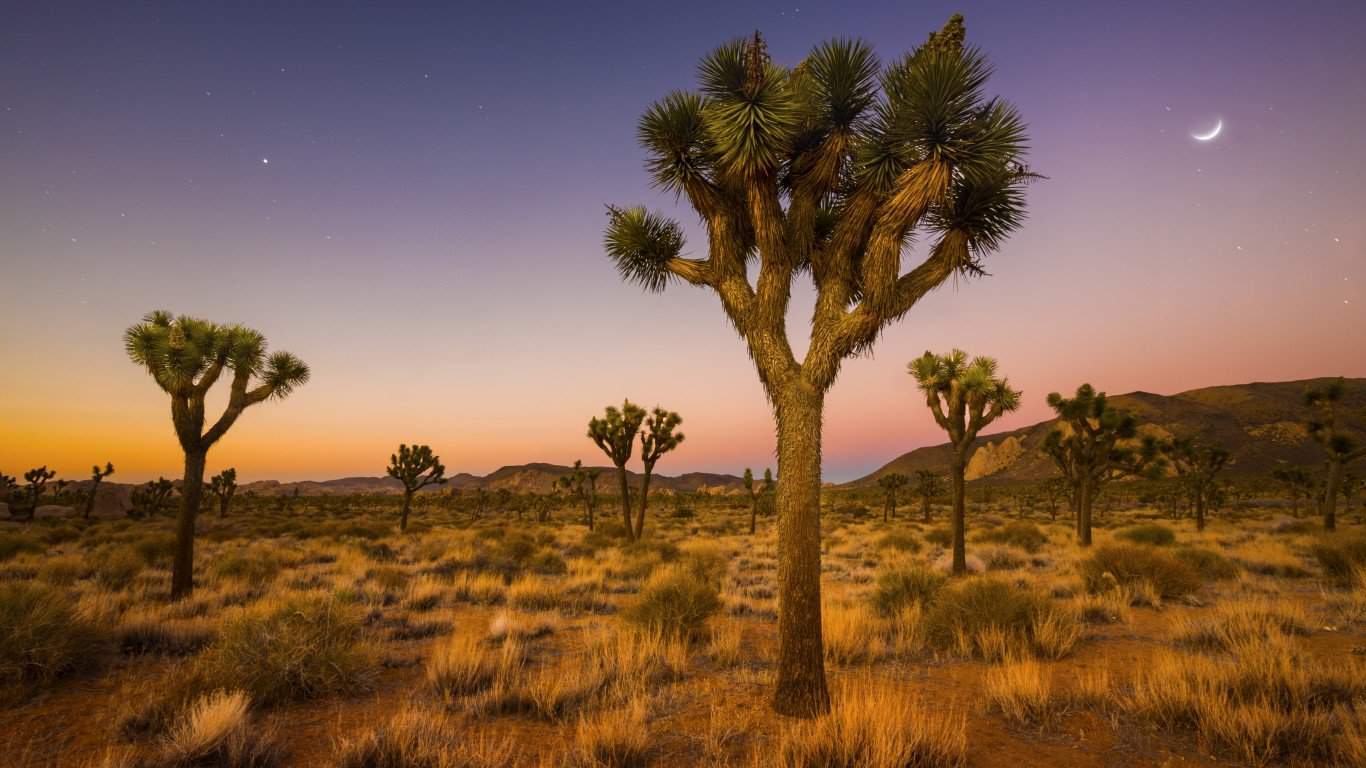Global tourism topped $7 trillion in 2022 and accounted for 7.6% of the world’s GDP per Statista. France (79.4 million), Spain (71.6 million), United States (50.87 million), Turkey (50.45 million), and Italy (49.81 million) are the five most popular countries for tourism, and several of them are home to iconic world attractions that no longer exist.
As a child, my parents tried to take us to every city they could. If there was a business trip planned, it would be extended into a family vacation. Even having the chance to travel as much as I did, there are many cities on my list I would love to see and some I have been unable to see.
The following tourist attractions have succumbed to weather, natural disasters, finances, vandalism, war, or lack of interest. I’ve explored all of them to pick out a selection from around the world that I would have loved to be able to see.
Find out more about these attractions, why they were popular, where they were located, and what led to their disappearance. I’m listing them in alphabetical order.
My guide on 20 world attractions that no longer exist is an extension of a U.S.-specific article. (Also See Iconic American Attractions That No Longer Exist.)
Ayutthaya (Thailand)

Ayutthaya was founded in 1350 and became the second Siamese Kingdom capital. It thrived until 1767 when Burmese military burned the city to the ground, forcing residents to flee. It was never rebuilt, but it is a UNESCO World Heritage Site.
Azure Window (Malta)
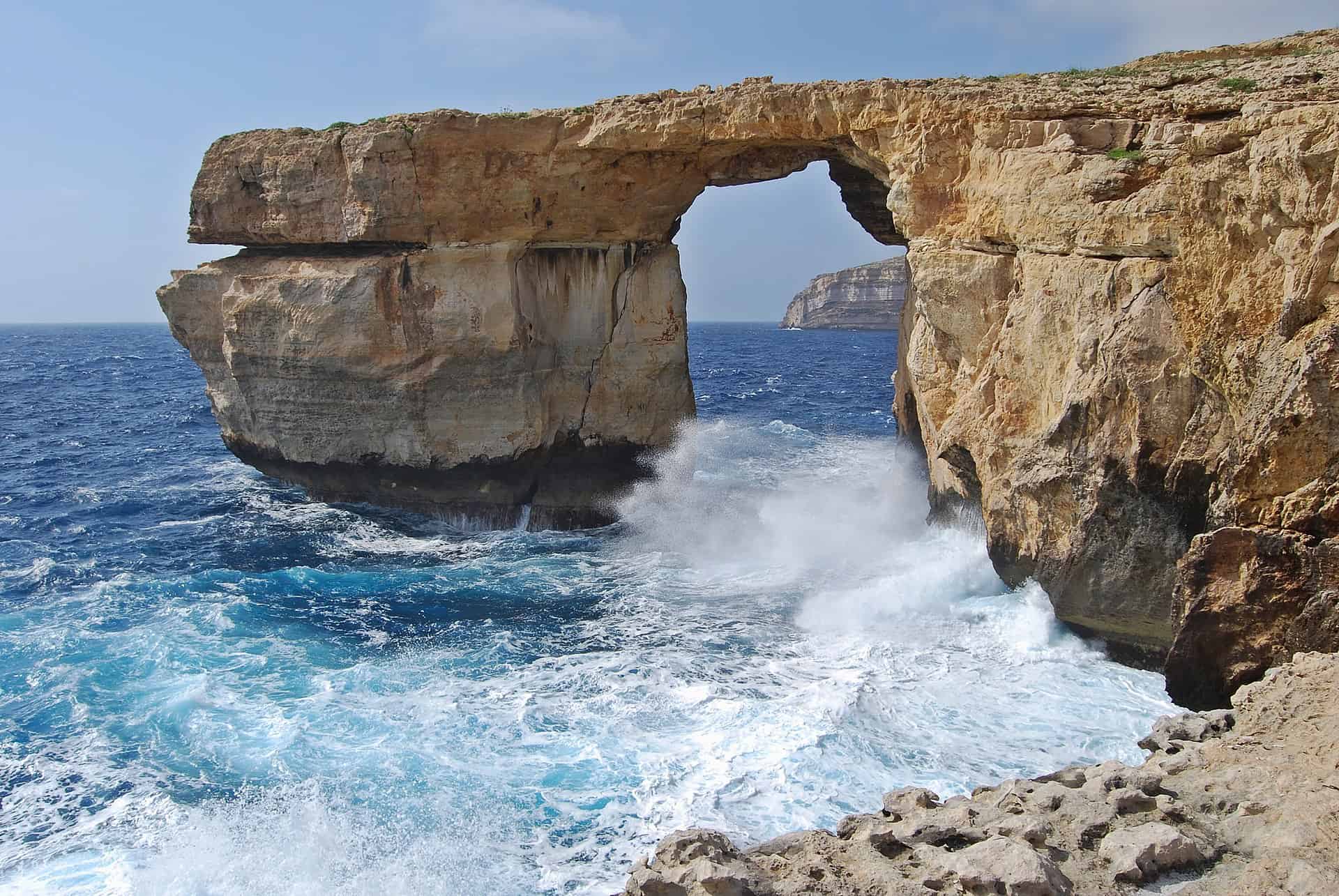
A storm hit Goyo, Malta, in 2017 and destroyed the island nation’s most iconic landmark, the Azure Window. The Azure Window was a stunning limestone arch standing about 66 feet (20 meters) high and stretching 328 feet (100 meters), but the storm pulled the arch down leaving the main cliff face.
Buddhas of Bamiyan (Afghanistan)
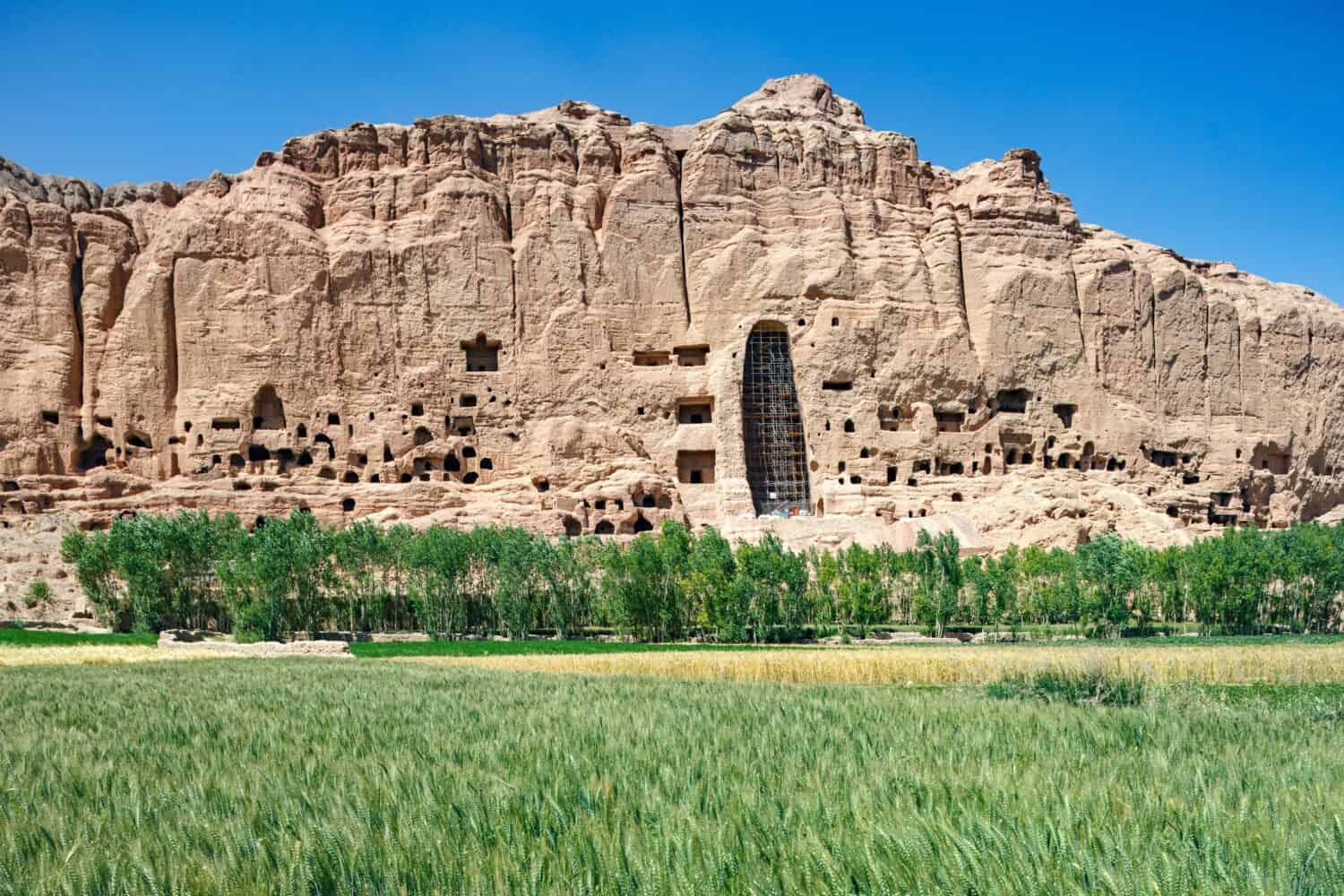
Bamiyan Valley in Afghanistan is still a UNESCO World Heritage Site. It once was framed by two Buddha statues measuring 180.4 feet (55 meters) and 124.6 (38 meters) high. In 2001, Taliban forces destroyed them.
Chacaltaya Glacier (Bolivia)
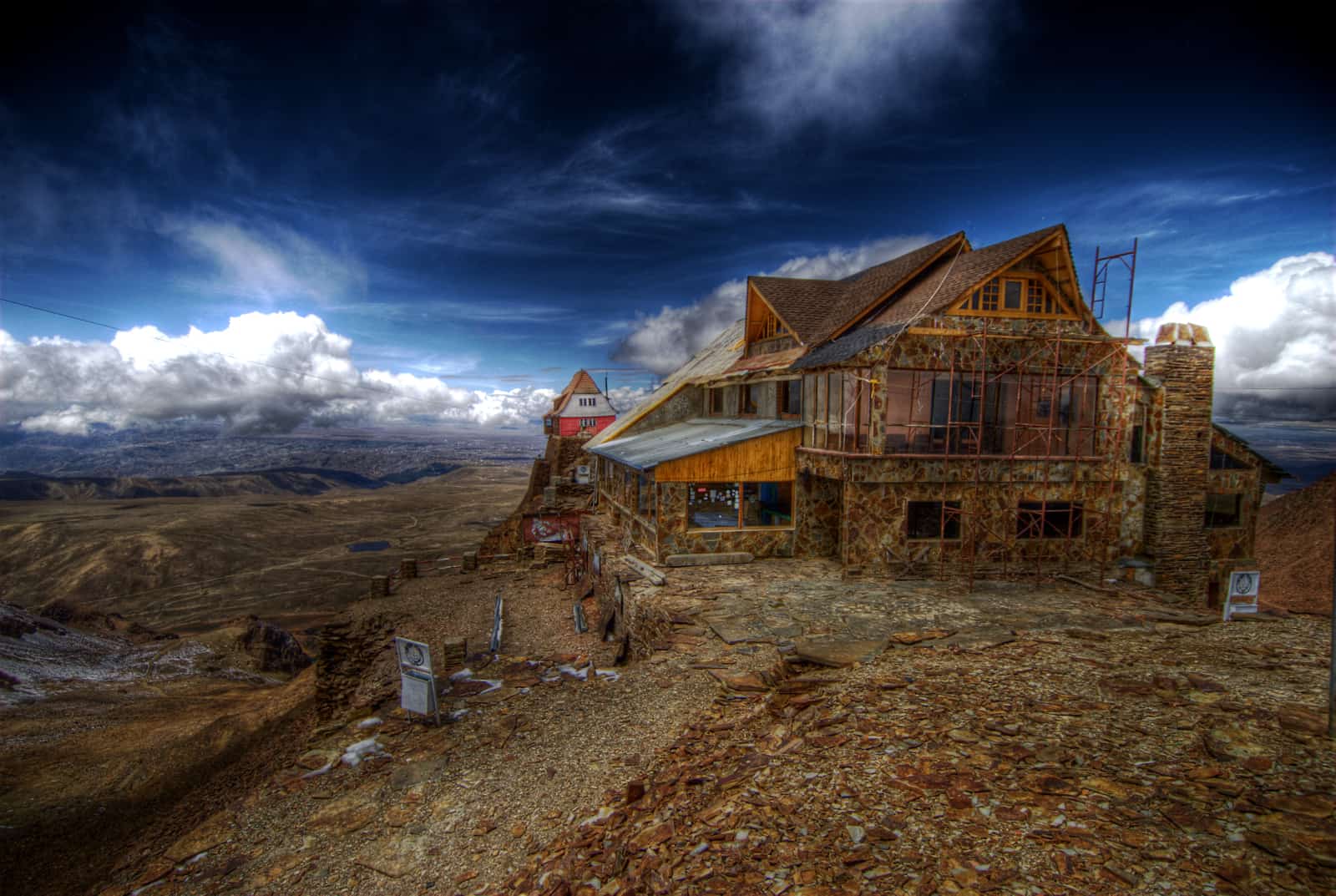
Scientists began measuring Bolivia’s Chacaltaya Glacier, located in the Andes, during the 1990s. They made a prediction a few years later that the glacier would last until 2015. However, it vanished in 2009, raising additional concerns about climate change. The loss of the glacier left the Chacaltaya ski resort a ghost town.
Crystal Palace (England)

London’s Crystal Palace opened during the Great Exhibition of the Works of Industry of All Nations in 1851. After a successful exhibition of photography equipment and photos, it moved to Sydenham Hill. Fires in 1866 and 1936 destroyed it. Talks of rebuilding it after WWII were rejected.
Duckbill Rock (United States)
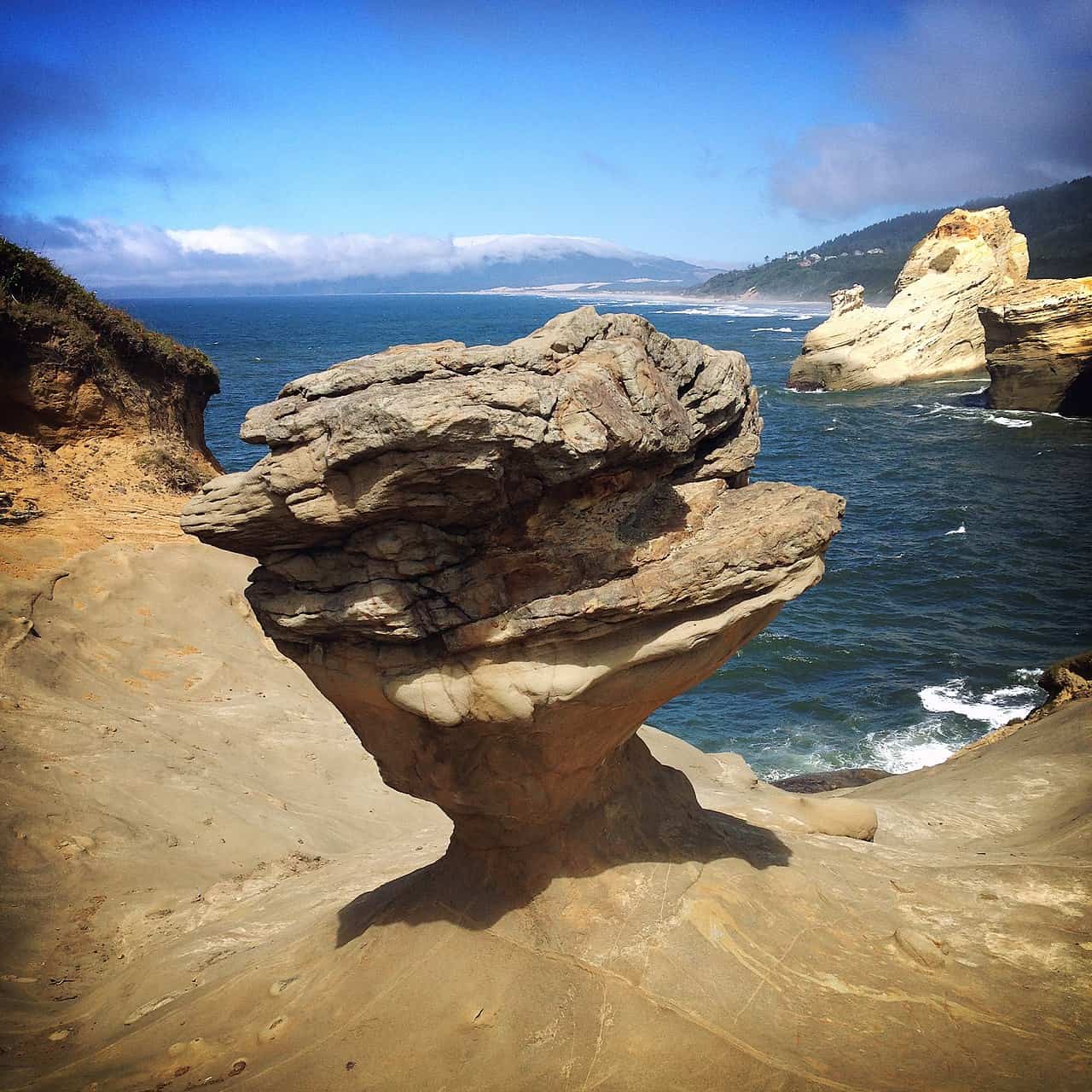
Oregon’s Duckbill Rock stood high on a cliff overlooking Cape Kiwanda. The limestone rock sat on a narrow pedestal and resembled a duck’s face and bill. Though the area was roped off to keep people away from the cliff and rock, vandals ignored the signs and were caught on camera pushing over the rock in 2016.
Guairá Falls (Brazil and Paraguay)
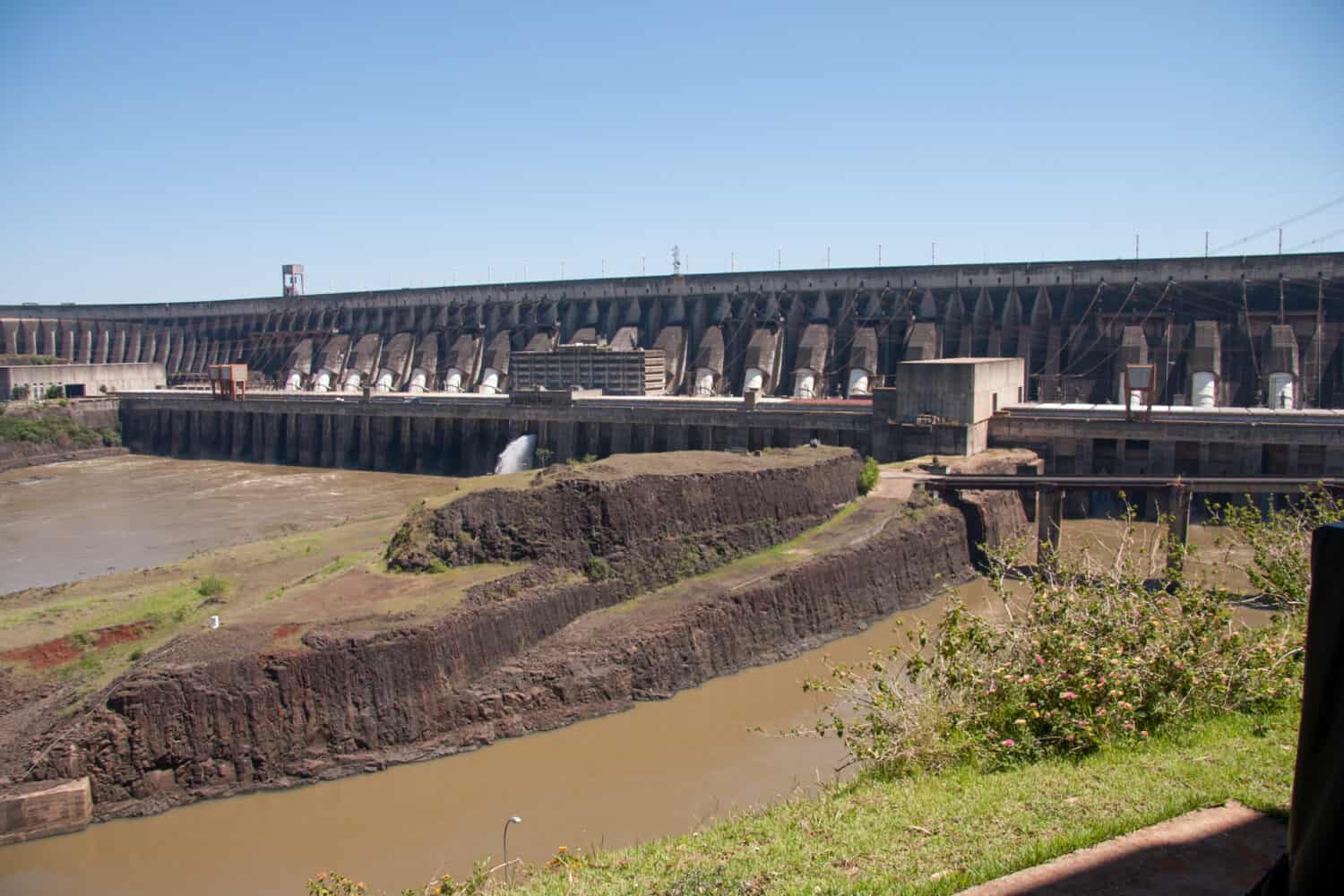
Until the 1980s, Guairá Falls was a sizable series of waterfalls measuring as high as 375 feet (114 meters) in a canyon between the border of Paraguay and Brazil. It’s believed the volume of water over the falls was the largest in the world. After a hydroelectric plant was built in 1982 and the dam increased capacity in 2004, Guairá Falls became fully submerged.
Jonah’s Tomb (Iraq)

Jonah, a prophet in the Bible and Koran, was believed to be entombed in a Mosul, Iraq mosque known as Nebi Yunis. ISIS blew up Jonah’s Tomb in 2014.
Joshua Trees (United States)

California’s Mojave National Park’s Cima Dome was once home to millions of Joshua trees. Lightning caused a massive wildfire in 2020 that spread quickly. In less than a day, the fire covered 16,000 acres and was at 43,273 acres before it was contained. That fire destroyed 1.3 million trees and attempts to plant seedlings haven’t been successful.
Old Summer Palace (China)
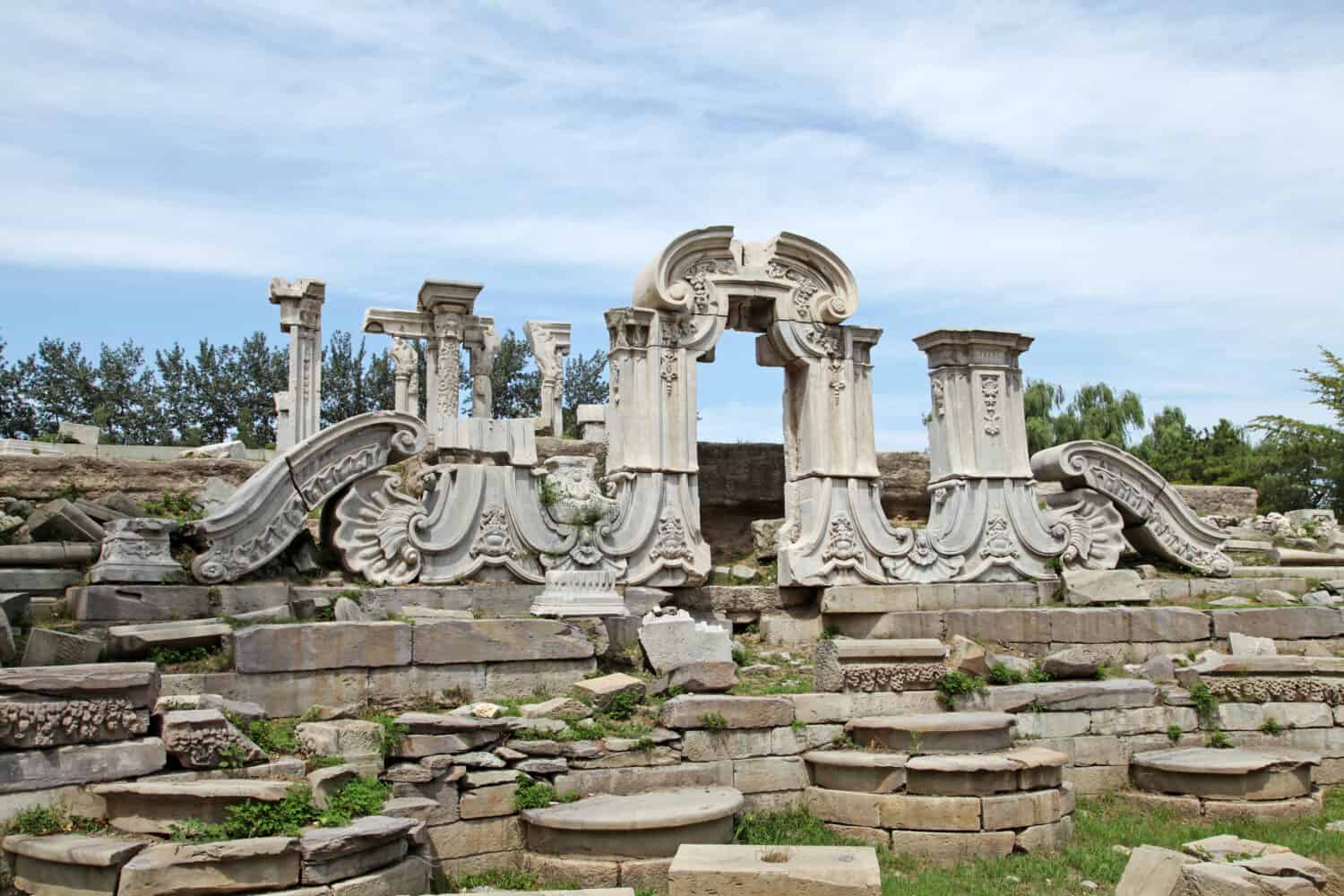
The Old Summer Palace in Beijing, China, was a collection of five Quin emperors’ palaces that were connected by gardens and bridges. Britain’s Lord Elgin ordered British troops to destroy everything in 1860 as revenge for the death of some British envoys, which created several world attractions that no longer exist. The ruins of the Old Summer Palace and the restoration work that was done in 1886 are now part of a UNESCO World Heritage Site.
Palmyra (Syria)
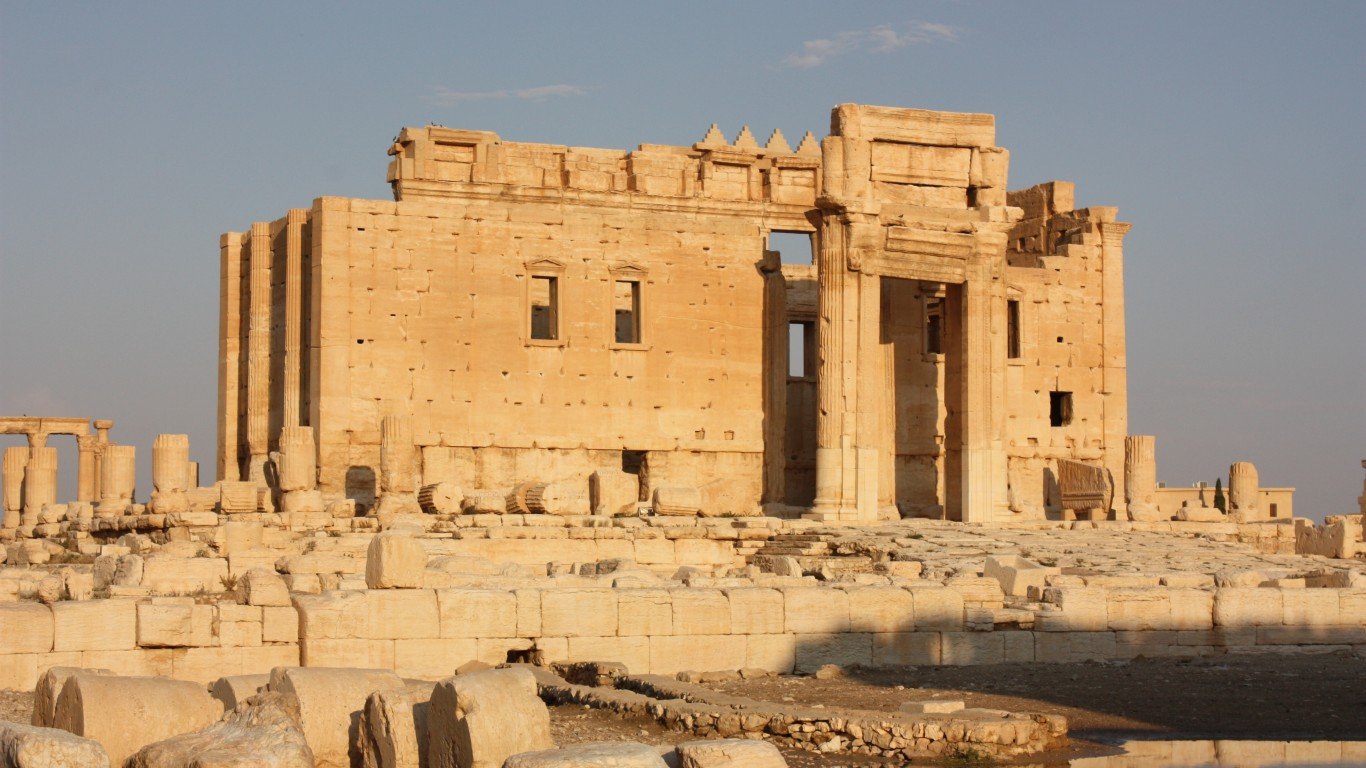
Palmyra is another UNESCO World Heritage Site located in the Syrian Desert. The ancient city contained several landmarks that no longer exist. Parts of the Roman theater, the Temple of Baalshamin, the Temple of Bel, art, historic artifacts, and the Arch of Triumph were destroyed by ISIS in 2015 and 2017.
Pink and White Terraces (New Zealand)
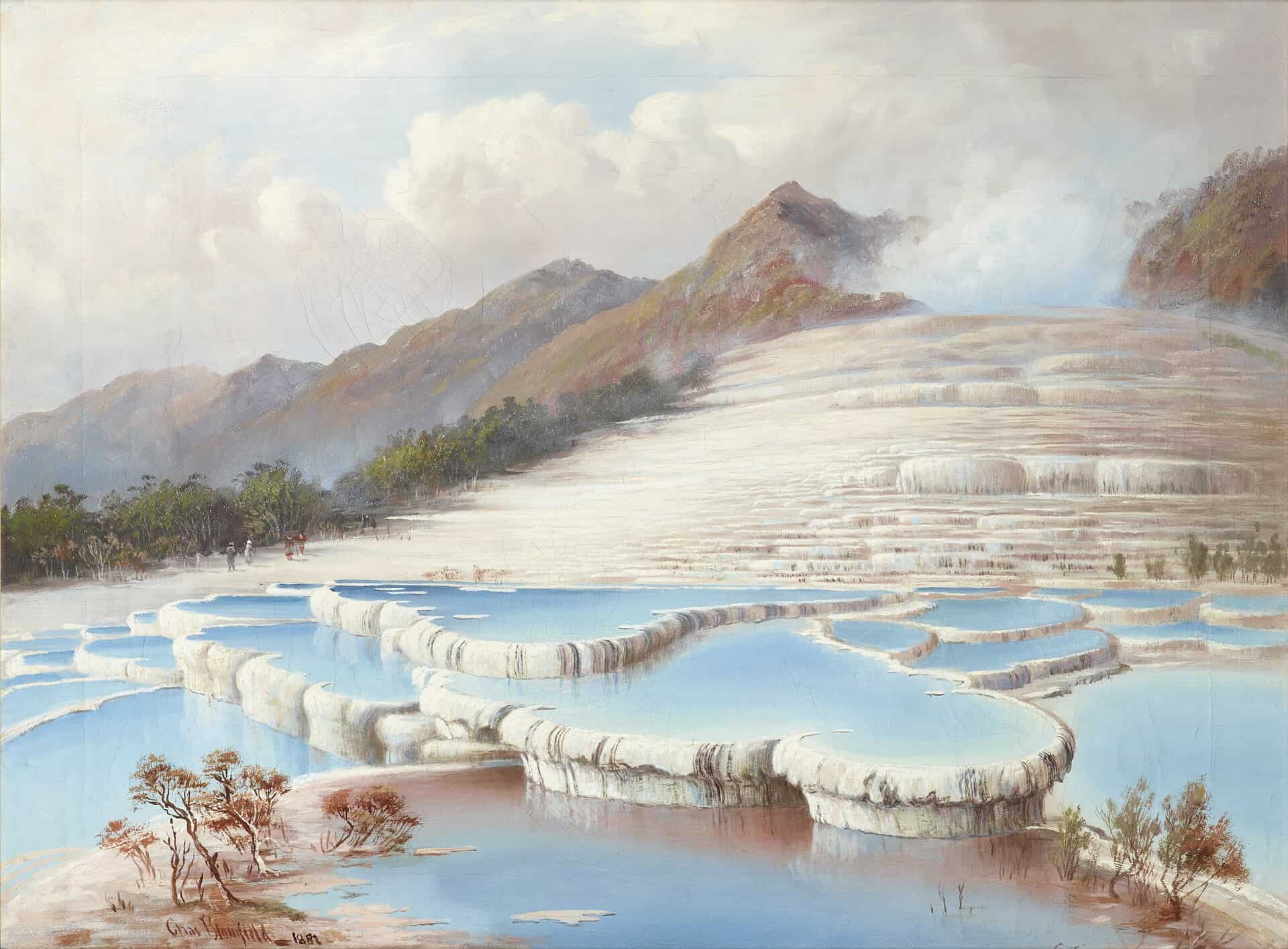
The Pink and White Terraces were a large collection of silica sinter deposits leading to Lake Rotomahana. Referred to as the “8th Wonder of the World,” they remained popular until the 1886 volcanic eruption of Mount Tarawera destroyed most of the Pink and White Terraces.
Pont des Arts (France)

Pont des Arts, aka Love-Lock Bridge, once crossed the Seine in Paris. Damage from wars and boats led to a relocation to the River Marne from 1981 to 1984. The pedestrian bridge became a Parisian tourist attraction where visiting couples added metal locks to symbolize their love, but the weight of the locks topped 45 tonnes and caused damage. The bridge remains, but it’s been altered to keep it from ever being Love-Lock Bridge again.
Royal Opera House of Valletta (Malta)
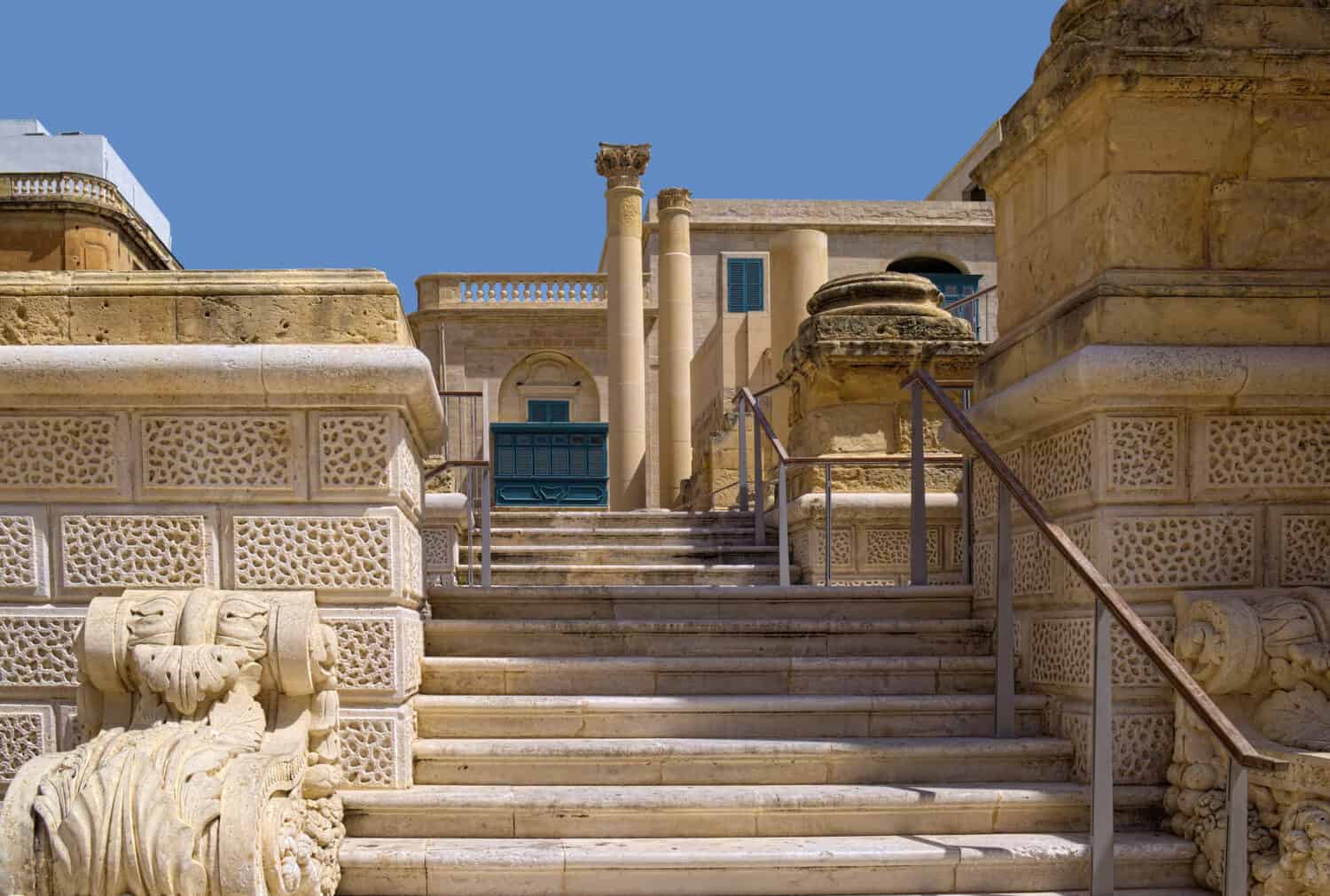
Valletta Royal Opera House in Malta opened in 1866 and could seat up to 2,000 people. Seven years later, a fire broke out and destroyed the exterior, requiring extensive repairs. Again, it became a popular attraction until WWII destroyed the building. It was converted to an open-air theater in 2006.
Shakespeare’s Globe Theatre (England)
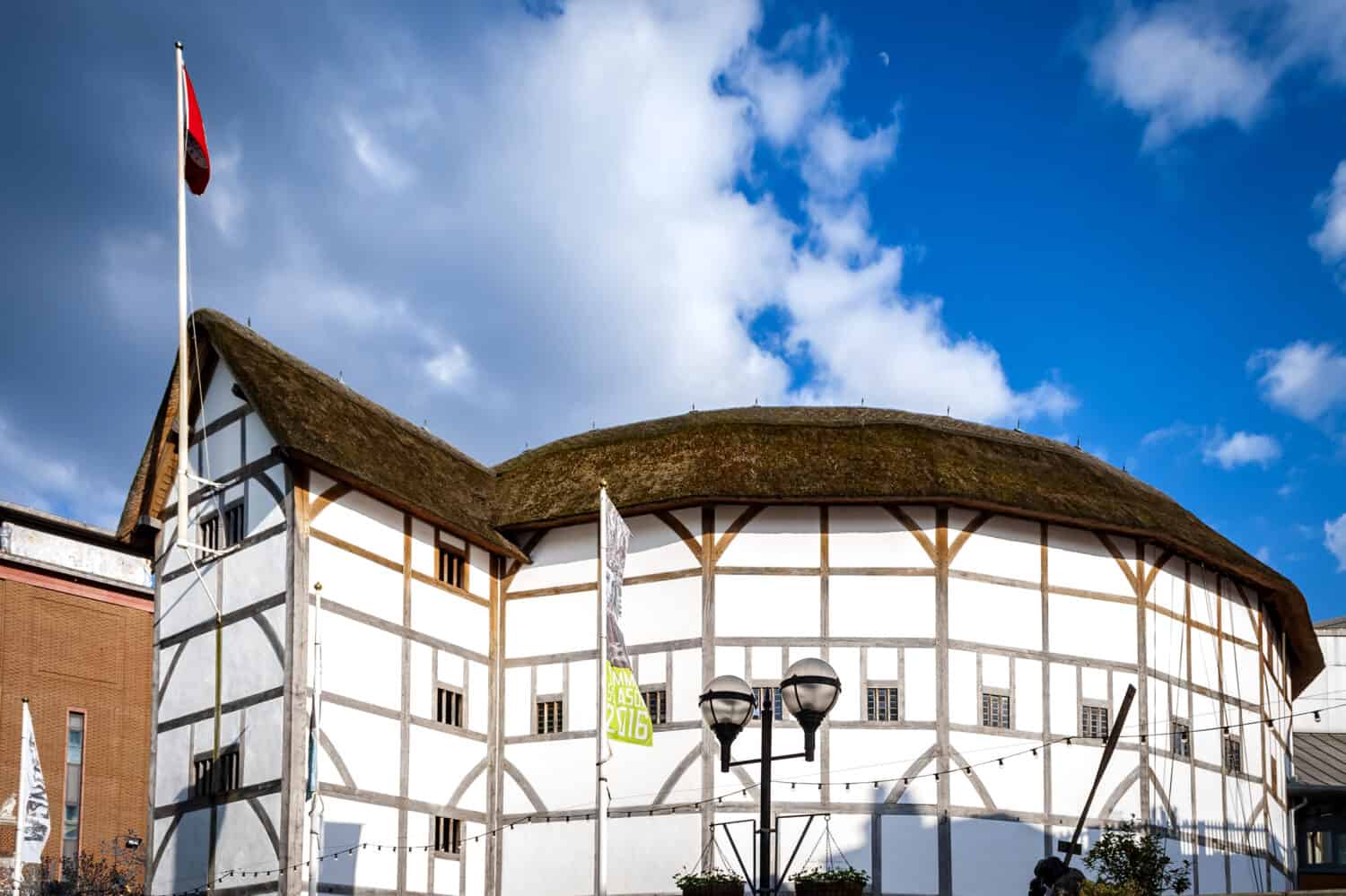
Shakespeare’s original Globe Theater sat along the Thames in London. The design included round tiers of seating surrounding a raised stage, creating a globe-like appearance. It burned to the ground in 1613, but builders reconstructed it on the same site. However, it shut for good in 1644 to make room for housing, which put it on the list of landmarks that no longer exist. However, crews found the foundations in 1989, which allowed architects to take the old design and alter it to meet modern requirements.
Sutro Baths (United States)
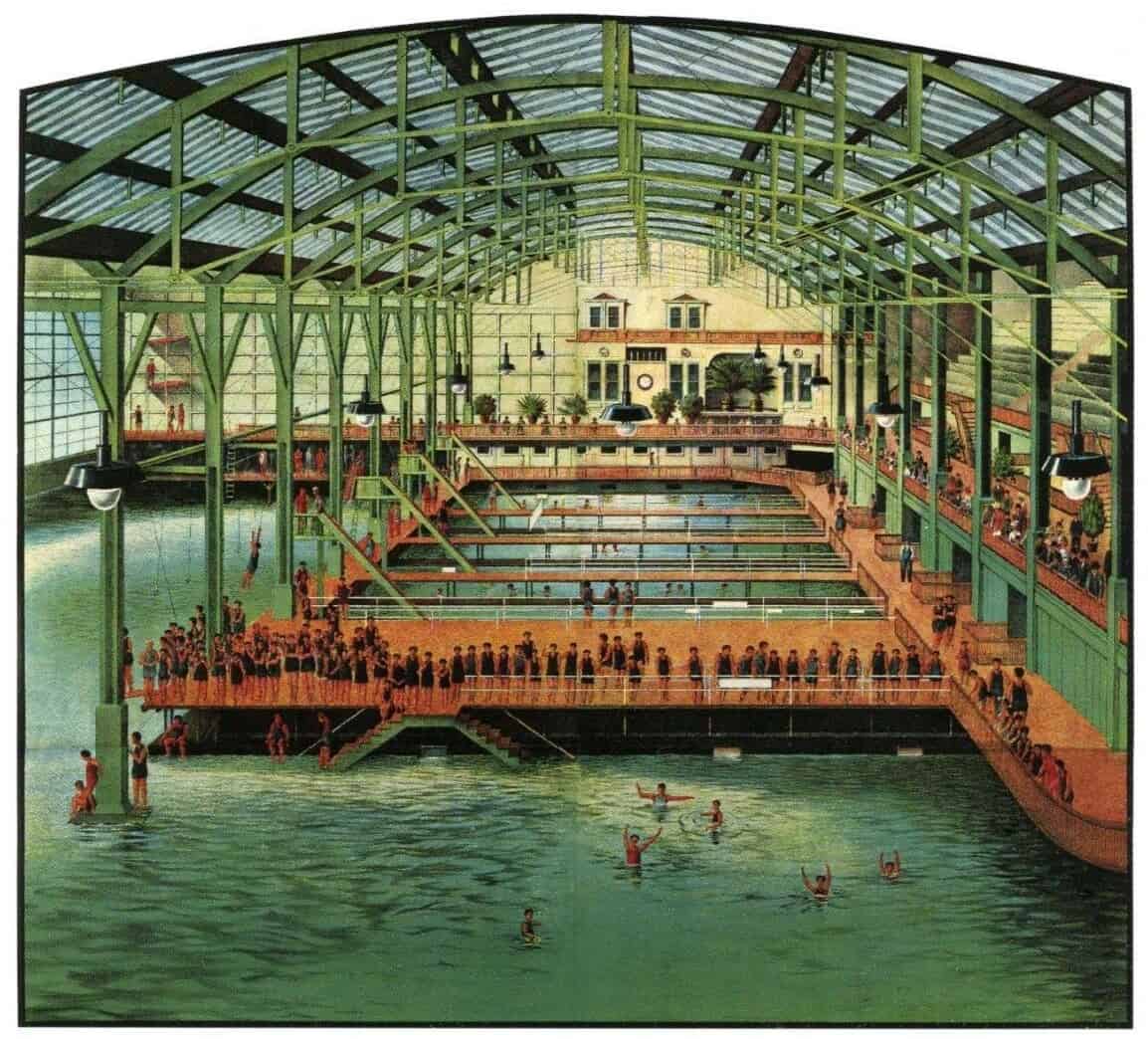
Adolph Sutro built an oceanfront public bathhouse for San Francisco’s residents in 1894. The glass structure held seven pools filled by the tide. When he died in 1898, his family managed the Sutro Baths as long as they could, but financial strain and loss of popularity led to their closure. Plans to build apartment complexes fell through after a fire in 1966. What remains of them today is part of the Golden Gate National Recreation Area.
Sycamore Gap Tree (England)
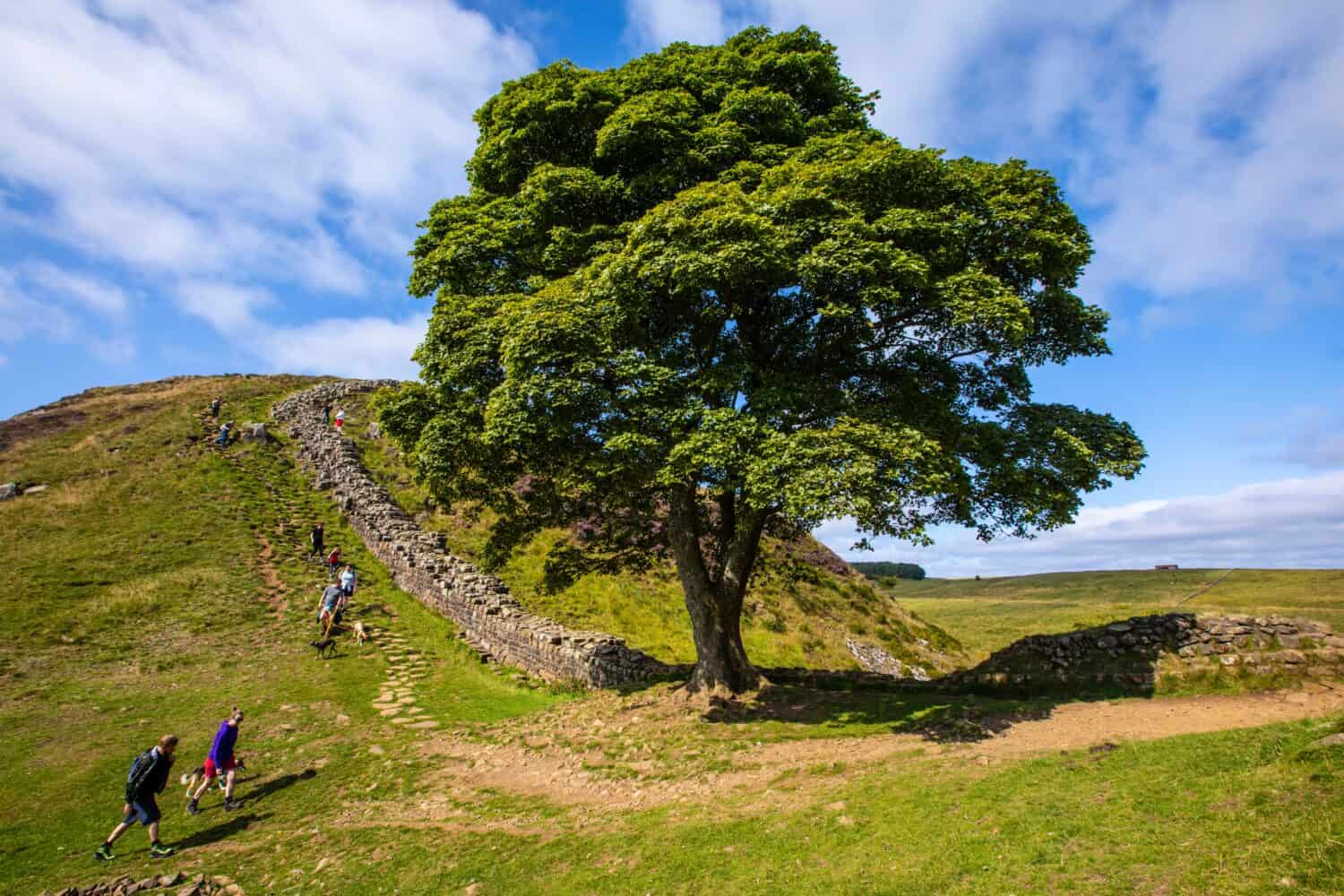
Sycamore Gap Tree stood adjacent to Hadrian’s Wall in England’s Northumberland National Park. It gained popularity after appearing in Kevin Costner’s movie “Robin Hood: Prince of Thieves.” Someone chopped down the tree in 2023, but details into who or why remain unknown.
Wall Arch (Arches National Park)
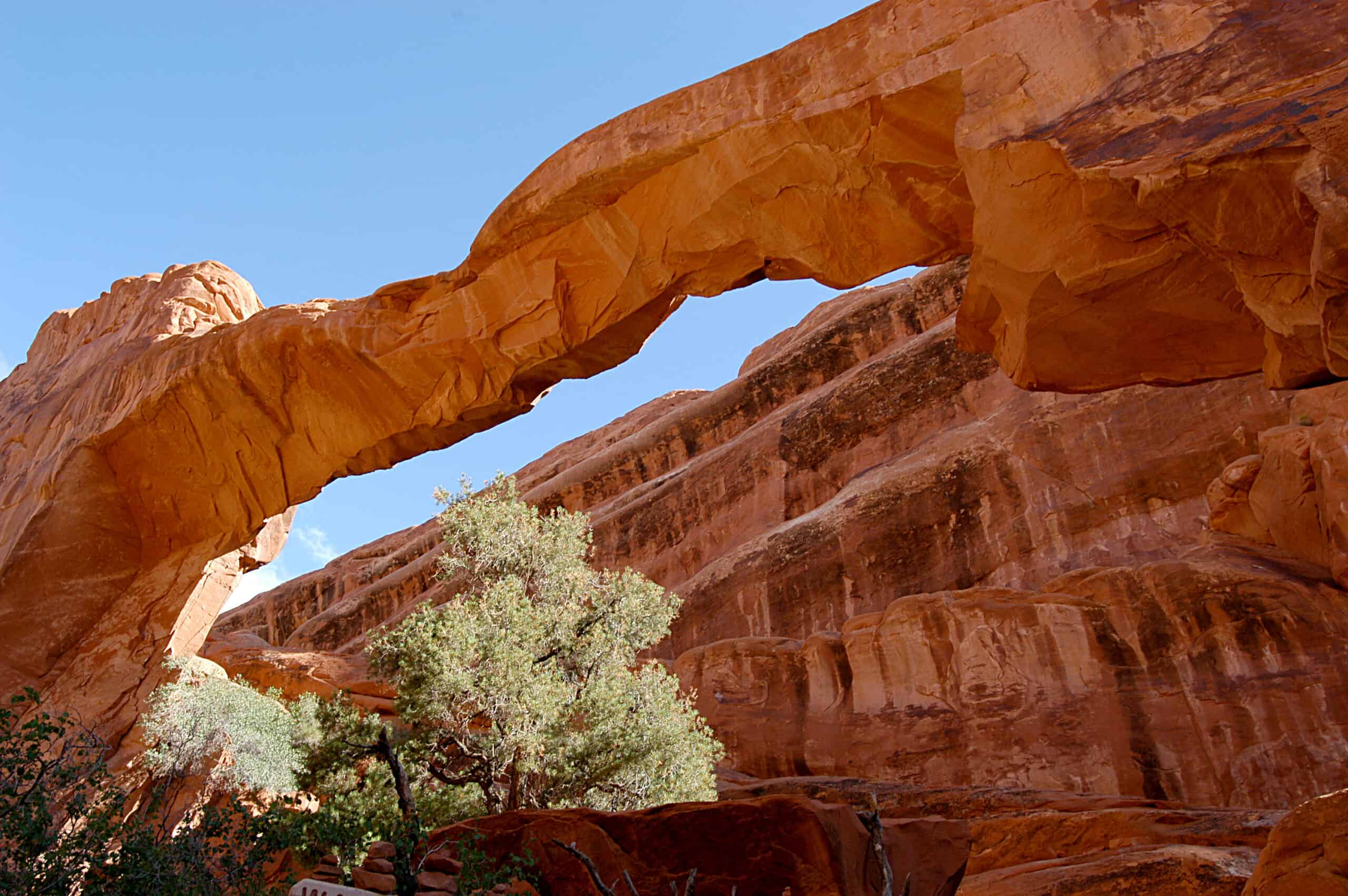
Wall arch and a tree in 2003. Wall Arch collapsed sometime between the night of August 4 and the morning of August 5, 2008. Devils Garden, Arches N.P., UT
Utah’s iconic Wall Arch in Arches National Park was a 71-foot (21.64 meters) long and 33.5-foot (10.2 meters) high rock formation crossing Devils Garden Trail. Age and erosion led to its collapse in 2008.
Wawona Tree (United States)
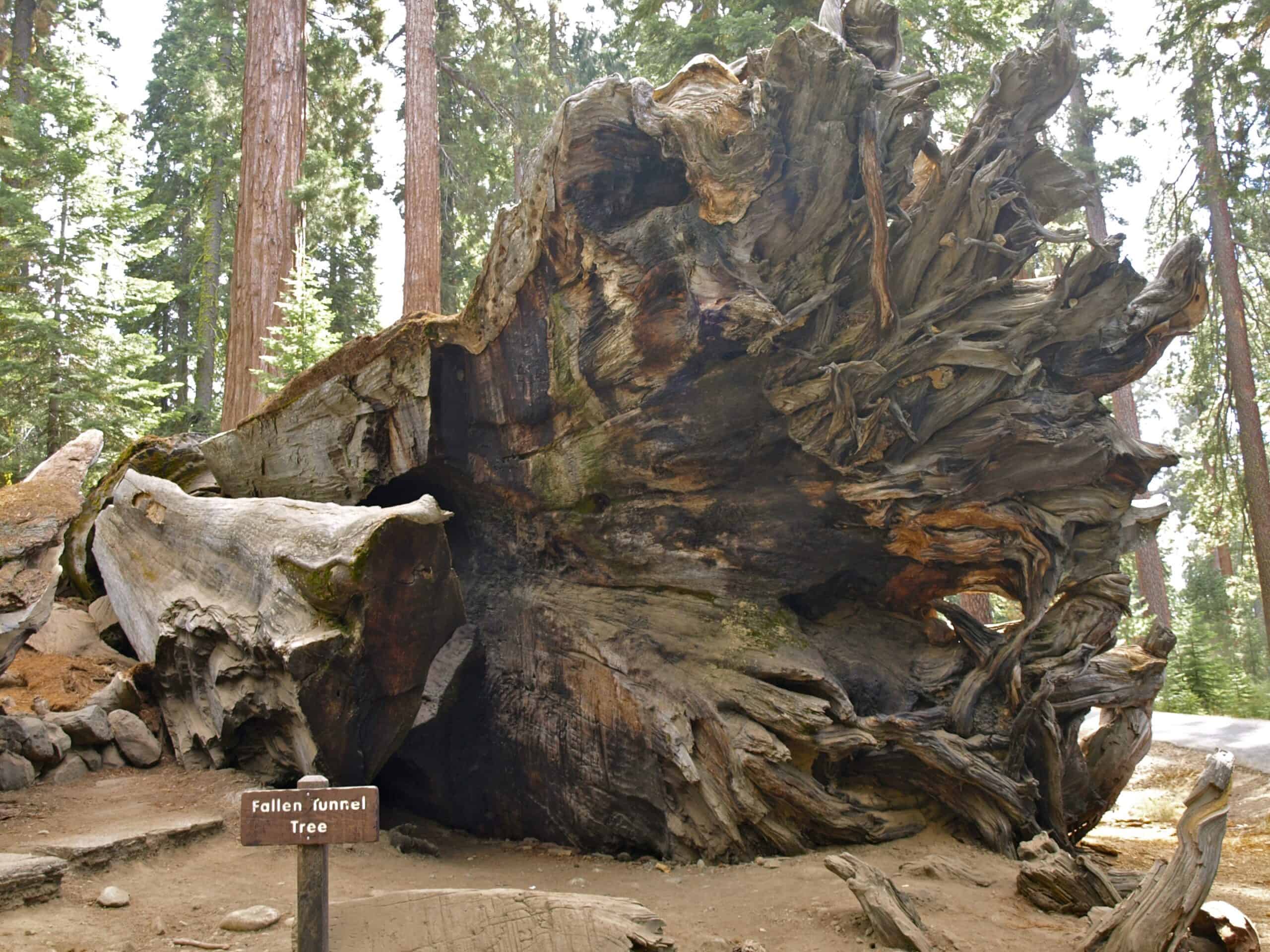
As late as the 1960s, the giant Wawona Tree in California’s Yosemite National Park had a tunnel wide enough for cars to drive through it. Heavy snowfall during storms in the winter of 1968/1969 caused the tree to collapse. When it fell, the Wawona Tree’s estimated age was 2,100 years, and it measured 234 feet (71.3 meters) high and 26 feet (7.9 meters) in diameter.
Wedding Cake Rock (Australia)
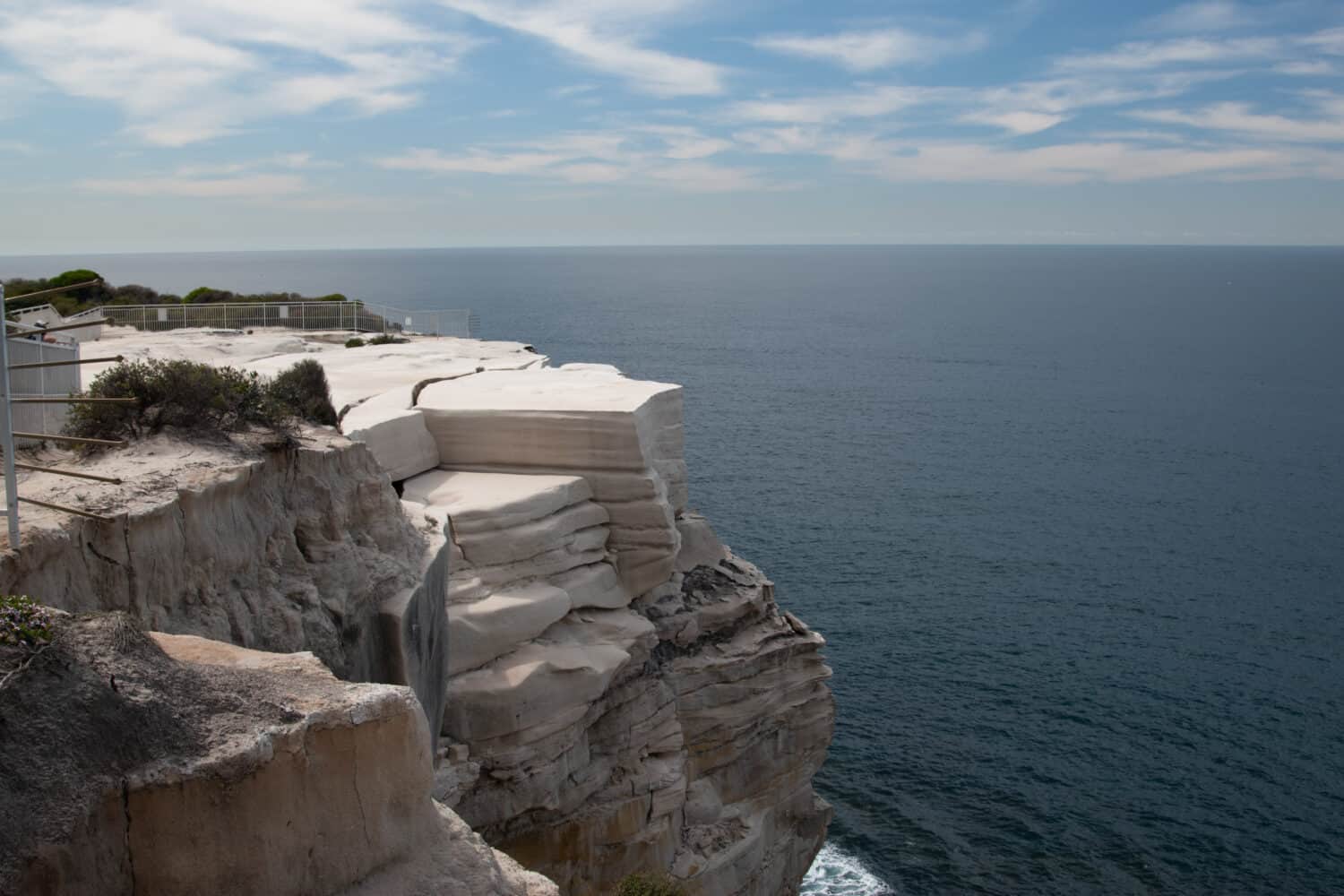
Wedding Cake Rock is located in Sydney, Australia’s, Royal National Park. It’s a layered rock formation in the middle of sandstone cliffs, and its white coloring stands out against the rest of the sandstone. In recent years, age and weather created cracks in the rock’s structure. Authorities fenced the area in 2015, which should keep tourists away from the unsafe area. Scientists expect a full collapse of the rock structure by 2025.
Those global tourist attractions no longer exist today. There are many others, and strong storms, vandalism, financial turbulence, and regional unrest put many others at risk. Discover America’s most popular tourist attractions and add those to your travel list when you head out on your journeys.
URGENT – New Seats Available (sponsored)
Top financial advisors are now accepting new clients for 2024! Finding the right advisor can be the difference between retiring early, or working forever. Don’t waste a moment matching with the right advisor for you. Every moment today can mean riches tomorrow, with the right advisor by your side.
Use the advisor match tool below, or click here now, to find your financial freedom!
